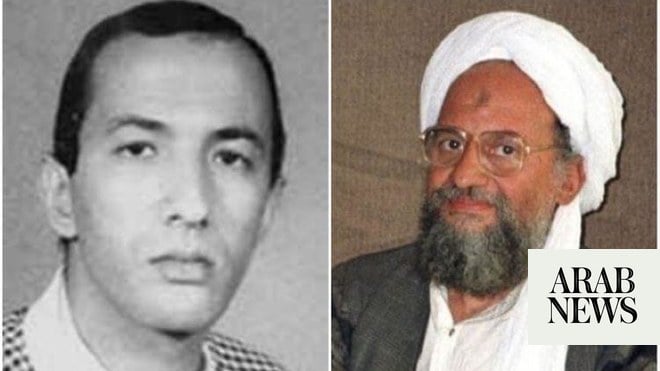
With the revelations that the “new” leader of Al-Qaeda has taken refuge in Iran, it became clear that harboring terrorists is part of the Iranian regime’s modus operandi. Despite their doctrinal differences, the Iranian regime has always allied itself with Al-Qaeda, and there is an abundance of evidence to this effect.
The revelations about the regime harboring the terrorist Saif al-Adel, the new leader of Al-Qaeda and Zawahiri’s successor, will not be the last testament to this fact; nor was the New York Times report about the Israelis’ liquidation of Abu Mohammad Al-Masri (the second-highest ranked official of the organization at the time) on Iranian soil the first.
Their multifaceted relationship affirms that the Iranian regime and Al-Qaeda share a common ground: terrorism. The fact of the matter is that the Iranian regime’s relationship with Al-Qaeda goes back over thirty years.
Former US Secretary of State Mike Pompeo has underscored this fact, as has the head of the State Department Counterterrorism Bureau, Nathan Sales. The latter has said that Iran “allowed al-Qaeda operatives to move freely within the country to facilitate the movement of fighters and money into neighboring countries.”
Moreover, a retired Iranian Revolutionary Guards Corps (IRGC) general, Saeed Qassemi, has admitted to “fighting on the side of (Al-Qaeda).” The Iranian regime was and still is harboring Al-Qaeda leaders who had fled Afghanistan during the 2001 US campaign against the Taliban, which, in turn, had been harboring Al-Qaeda and its slain leader Osama bin Laden.
However, the Iranian regime hosts bin Laden’s sons, wives, grandchildren, and other leaders. According to the US Treasury Department, the terrorist Yassin al-Suri was tasked with taking Al-Qaeda leaders and their families to Iran.
The ways in which Iran uses Al-Qaeda are the justifications for their Machiavellian and strategic partnership, which is above the animosity between them. Despite their doctrinal divergences and disputes, both sides have been politically pragmatic in dealing with each other. This underscores the fact that terrorism brings them together. It is the foundation of their relationship, which is governed by shared interests and the fact that both carry the banner of Islam and the Caliphate.
One of the documents found in bin Laden’s safe house before his death and released by the US authorities confirms that his sons and members of the Al-Qaeda top brass had been in Iran for over eight years, having remained there since fleeing Afghanistan in 2001. The Iranian regime has sought to make use of Al-Qaeda to advance its interests as it does with its proxies, especially after providing shelter, training and some arms to Al-Qaeda members.
The Iranian regime is drowning in a swamp of chaos, executions, and repression as it clamps down on the opposition and the popular uprising. Since the country’s corruption brought the economy to its knees and isolated the country politically, driving the people to the streets, the regime has been hiding behind its finger.
Despite the Abbottabad documents, it has not addressed the compelling evidence demonstrating its ties to Al-Qaeda. Nonetheless, it has put the allegations down to the “failed Iranophobia game,” to quote the Iranian foreign minister.
Pompeo suggested that Al-Qaeda has chosen Iran as the new headquarters and that Al-Qaeda and Tehran’s relationship began before the 9/11 attacks, adding that Iran has become “the new home base of Al-Qaeda.”
Will the US make use of the mandate granted to it in 2001, which allows it to wage war against Al-Qaeda, its allies, and offshoots anywhere in the world without referring to Congress, to strike Al-Qaeda officials based in Iran? Or will it suffice itself with negotiating with Tehran over its nuclear program?!












